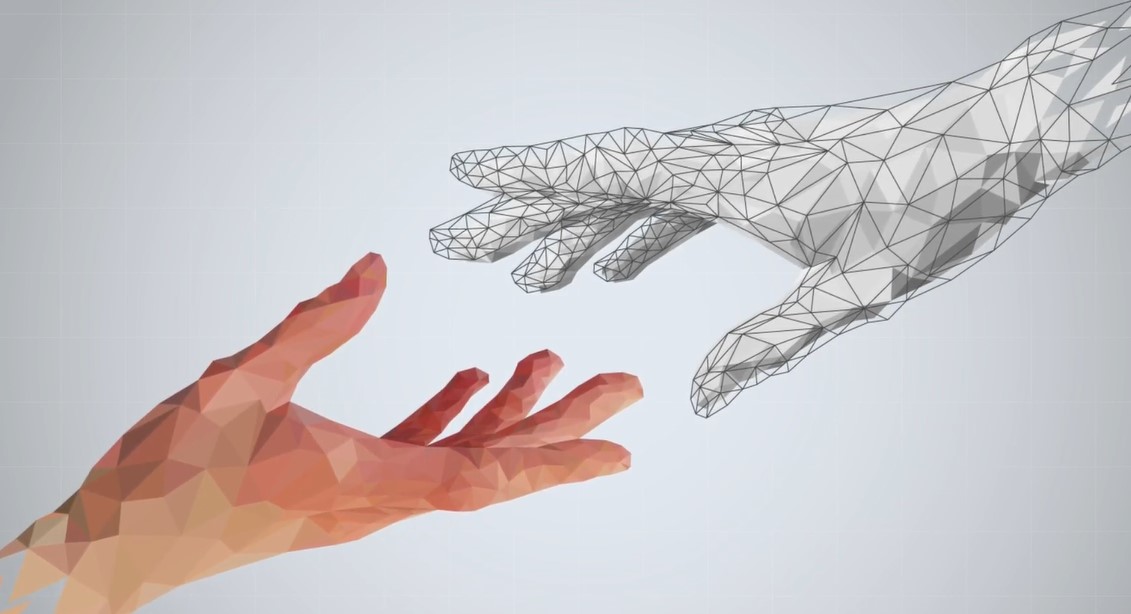In the field of artificial intelligence, in addition to Large Language Models (LLMs), there are various other types of models and architectures used for different purposes. Here are a few examples:
- Convolutional Neural Networks (CNNs): These models are specialized in processing images and are often used in computer vision applications. CNNs have been effective in object recognition in images, semantic segmentation, and other tasks related to visual processing.
- Recurrent Neural Networks (RNNs): RNNs are used to handle sequential data, such as natural language. They are useful in tasks such as speech recognition, machine translation, and text generation.
- Generative Adversarial Networks (GANs): These are used for generating new content, such as images or text. GANs involve two neural networks working together – one to generate content and another to evaluate its authenticity. They are used in generative art, image processing, and other creative domains.
- Neural Turing Machines (NTMs): These models have architectures that allow them to handle information in a way similar to human memory. NTMs are useful in complex tasks that involve storing and retrieving information over the long term.
- Transformer Networks: In addition to LLMs, the Transformer architecture is used in a variety of applications, including natural language processing, machine translation, and sequential processing.
- Hybrid Learning Machines: Some integrated approaches combine symbolic models with deep learning methods, providing a balance between data-driven learning and symbolic reasoning.
- Reinforcement Learning Machines: These involve models that learn to make decisions through interaction with an environment and receiving rewards or penalties. They are used in games, robotics, and optimization.



